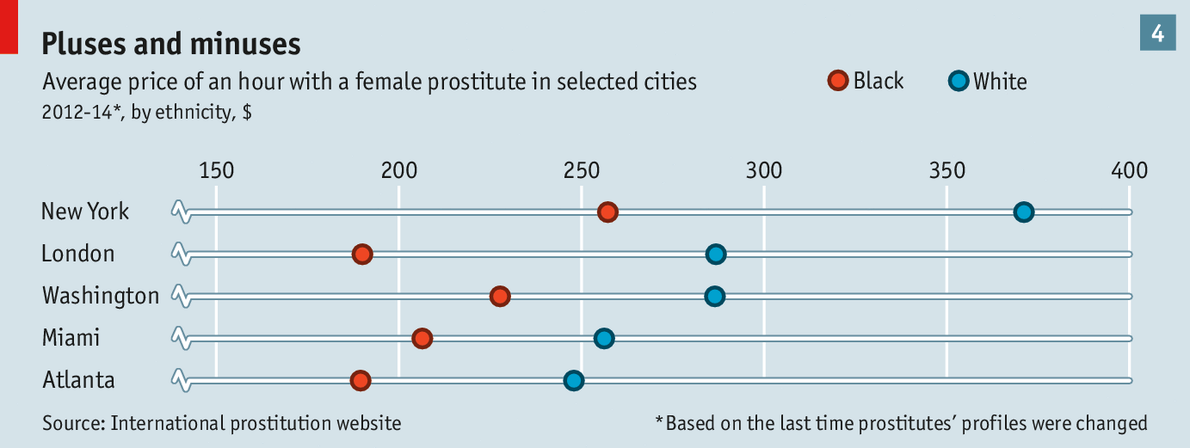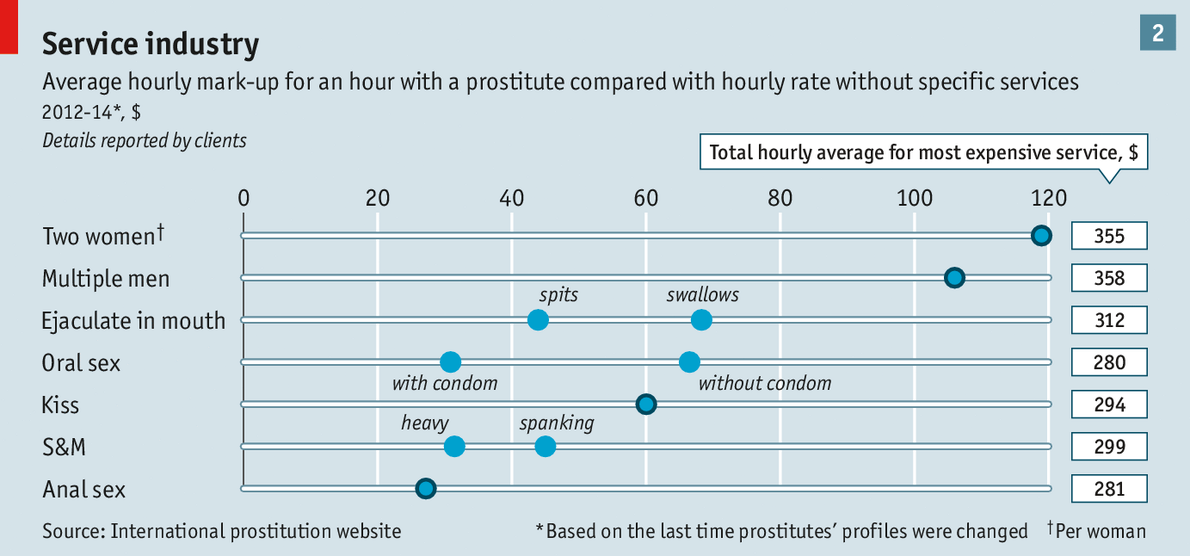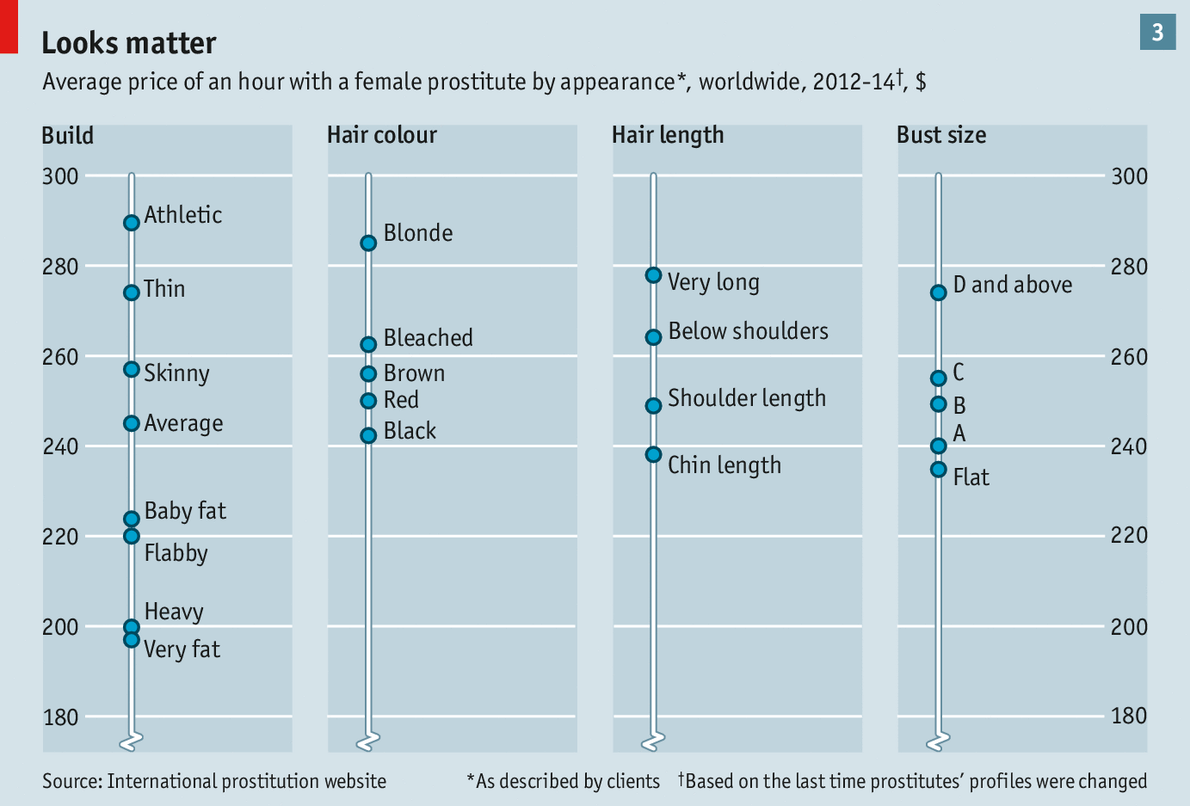In January of 2018 a pair of adventurers – Marie Couderc and Nil Hoppenot – will set out on what they call the Deux Pas Vers l'Autre expedition. This journey on foot will take them 10,000 km (6213 miles) across Southern Europe completely on foot in an effort to get to know more about their own neighboring countries.
Both Marie and Nil are experienced travelers who have been all over the world. But, like many of us, they often overlook the opportunities for adventure that can come in our own backyard. To that end, they will begin their trek in Portugal and march all the way to Istanbul, Turkey, spring their experiences along the way.
All told, the journey is expected to take roughly 500 days to complete, crossing through 17 different countries while en route. They'l spend four full season on the road and visit 120 national parks, and hike some of Europe's most iconic trails along the way.
The video below is a teaser for what they expect to find on this excursion, and you can read an interview with Marie and Nil here. In that profile they discuss what they hope to accomplish during their trek, as well as their workflow for sharing their adventures while on the road. They hope to immerse themselves in local cultures, explore the history of the places they visit, and soak up the incredibly landscapes they find along the way.
Marie and Nil's adventure sounds like a grand one, but I especially appreciate the idea of exploring places closer to home. They are both European, but haven't taken the time to visit some of the places that are close by, choosing instead to jet off to destinations like Thailand and Mexico. Sometimes we're so caught up in seeing the distant places that we forget about the ones right under our nose.
Find out more and follow along on the couple's Facebook page and YouTube channel.
Both Marie and Nil are experienced travelers who have been all over the world. But, like many of us, they often overlook the opportunities for adventure that can come in our own backyard. To that end, they will begin their trek in Portugal and march all the way to Istanbul, Turkey, spring their experiences along the way.
All told, the journey is expected to take roughly 500 days to complete, crossing through 17 different countries while en route. They'l spend four full season on the road and visit 120 national parks, and hike some of Europe's most iconic trails along the way.
The video below is a teaser for what they expect to find on this excursion, and you can read an interview with Marie and Nil here. In that profile they discuss what they hope to accomplish during their trek, as well as their workflow for sharing their adventures while on the road. They hope to immerse themselves in local cultures, explore the history of the places they visit, and soak up the incredibly landscapes they find along the way.
Marie and Nil's adventure sounds like a grand one, but I especially appreciate the idea of exploring places closer to home. They are both European, but haven't taken the time to visit some of the places that are close by, choosing instead to jet off to destinations like Thailand and Mexico. Sometimes we're so caught up in seeing the distant places that we forget about the ones right under our nose.
Find out more and follow along on the couple's Facebook page and YouTube channel.
























